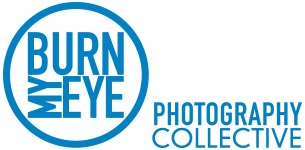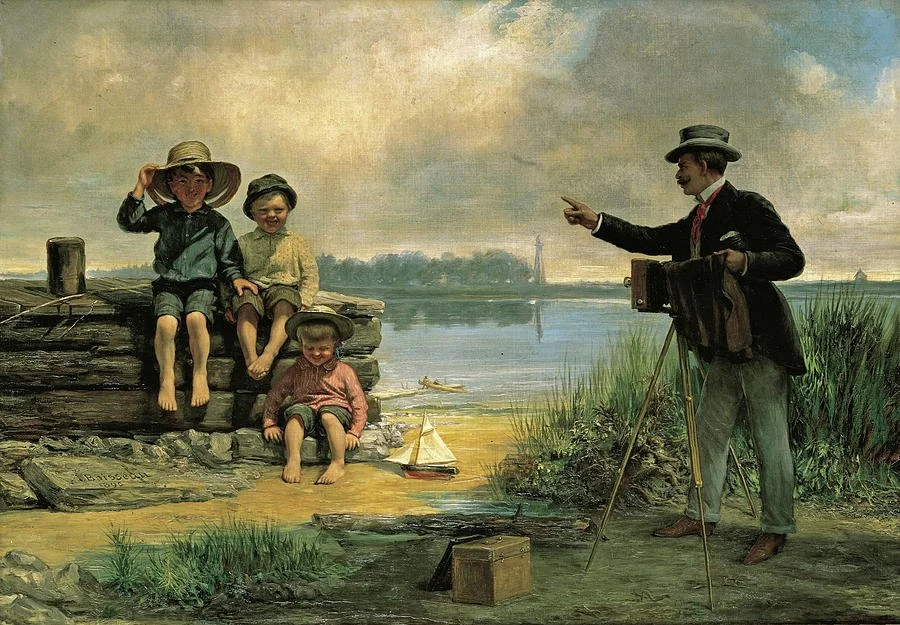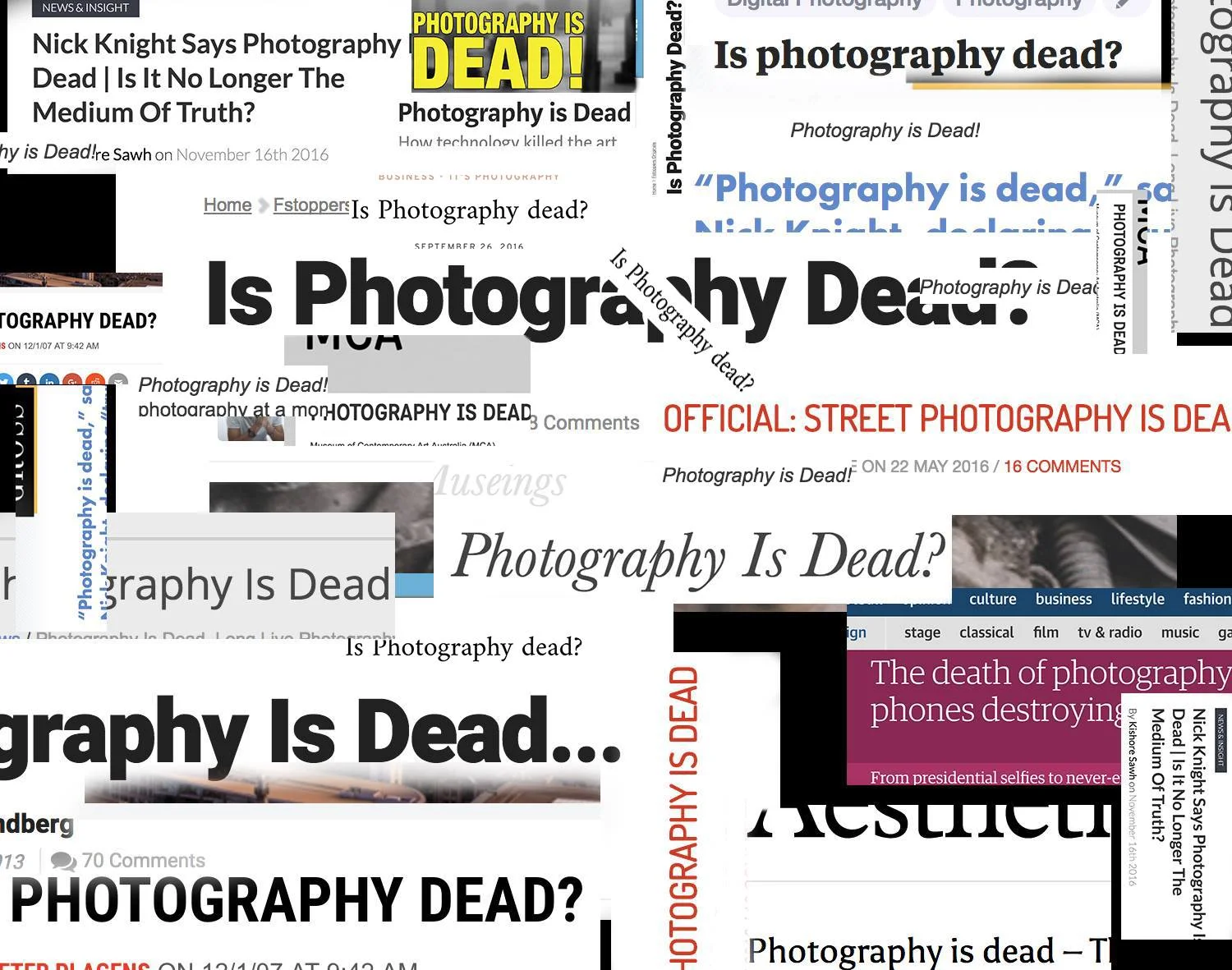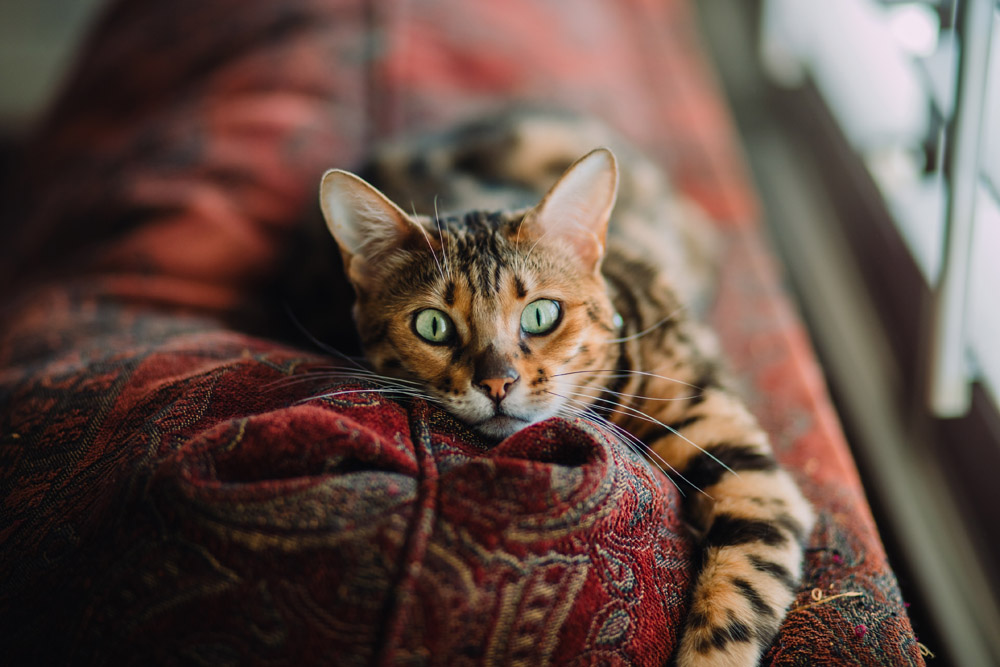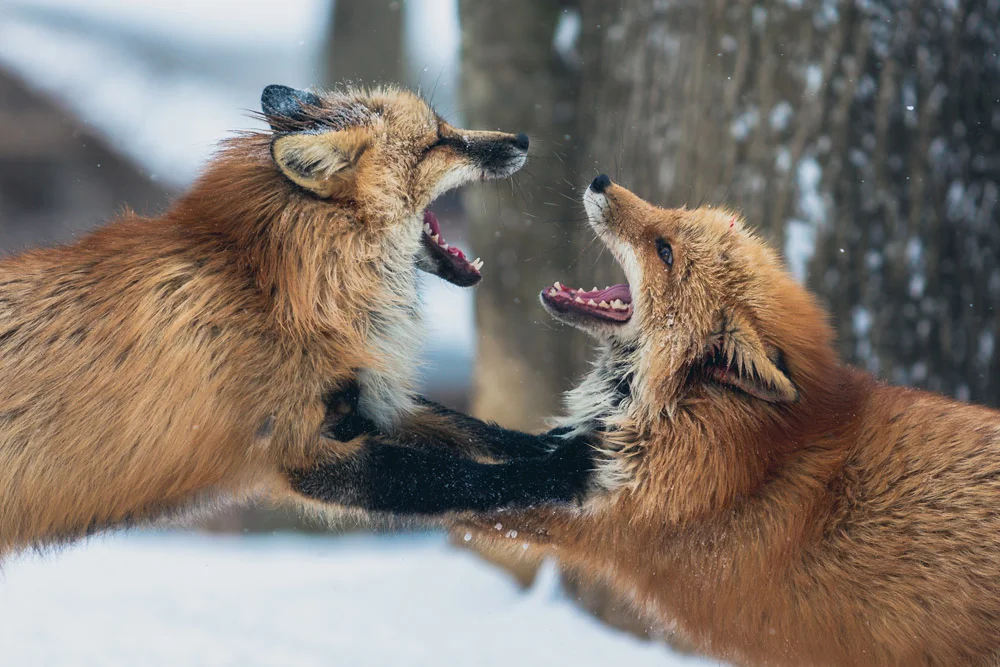Who are you?
My name is Jake Ricker. I'm 30, and I live in San Francisco.
What was the trigger or inspiration that led to your taking up photography?
Ever since I was young, I was always outside skateboarding or riding bikes getting into something. When I was 16, my uncle gave me a Pentax K1000, and a couple of weeks later I started a high school film/darkroom class. So the timing worked out perfect for me to start shooting. So around 2003-2004, I just started bringing it with me and shooting stuff outside of class assignments. Right away I started taking photos of my friends and documenting the weird stuff you see in the normal day to day, which quickly turned into stuff at night doing graffiti. A few years later, I was in a band touring all over the USA with the K1000 and a little digital point and shoot. When I got back, my parents and friends really liked the photos and pushed me to keep going with it. Friends would always ask me for prints or to shoot stuff for them, and I never really stopped.
What do you hope to communicate or describe with your work?
That’s what I'm trying to figure out right now. For the last three years, I've been hanging onto most of my work. I'm currently sitting on over 300 rolls of unseen stuff, and a few hundred more of stuff I've posted a few things from but not to the extent I'd like. For the last two months I've been going over all my work, and I'm starting to plan out what I want to start showing and how I want to show it. Holding onto stuff has always been important to me. I guess that’s the skateboarder in me. I always loved when videos dropped and you got to see all the tricks they had been saving and the music each part was edited to. I feel like you should really go over your work and create a solid unseen series before releasing it to the world. I really can't stand going to an art show and seeing every single thing hanging up that’s been on all over Instagram for a year. I like being surprised and I want to surprise people, a few people, when I can.
Has your relationship with photography changed over time, and if so, how?
Until recently, it's always kind of been the same. As of three months ago, I quit my job to pursue photography full time. For the last nine years, I was a bike messenger in Seattle and San Francisco. Every day I worked, I always had my camera. I was always shooting the stuff that unfolded in front of me from my days in downtown on the bike.
Select 6 of your photos and talk about how they came to be and how they reflect your working methods.
As a bike messenger, I learned the ins and outs of the San Francisco streets while always keeping tabs on the where the foot traffic was and the best times to shoot. While working, I always had a Contax T3 on my messenger bag strap. I shot a lot of stuff from the bike or while pulled over standing over the bike. In my free time, I'd walk around and shoot Mid Market, Tenderloin, Union Square, Financial District, China Town, and Mission. It's something I always did. But in 2016 and 2017, I dedicated a lot more time to it and shot a ton outside of work. I would always hold onto big groups of rolls and develop 60-100 at a time. Eventually I started seeing the patterns in my work and recurring characters and themes in the rolls I'd get back. I started to take notice and explore those types of images I was naturally drawn to.
